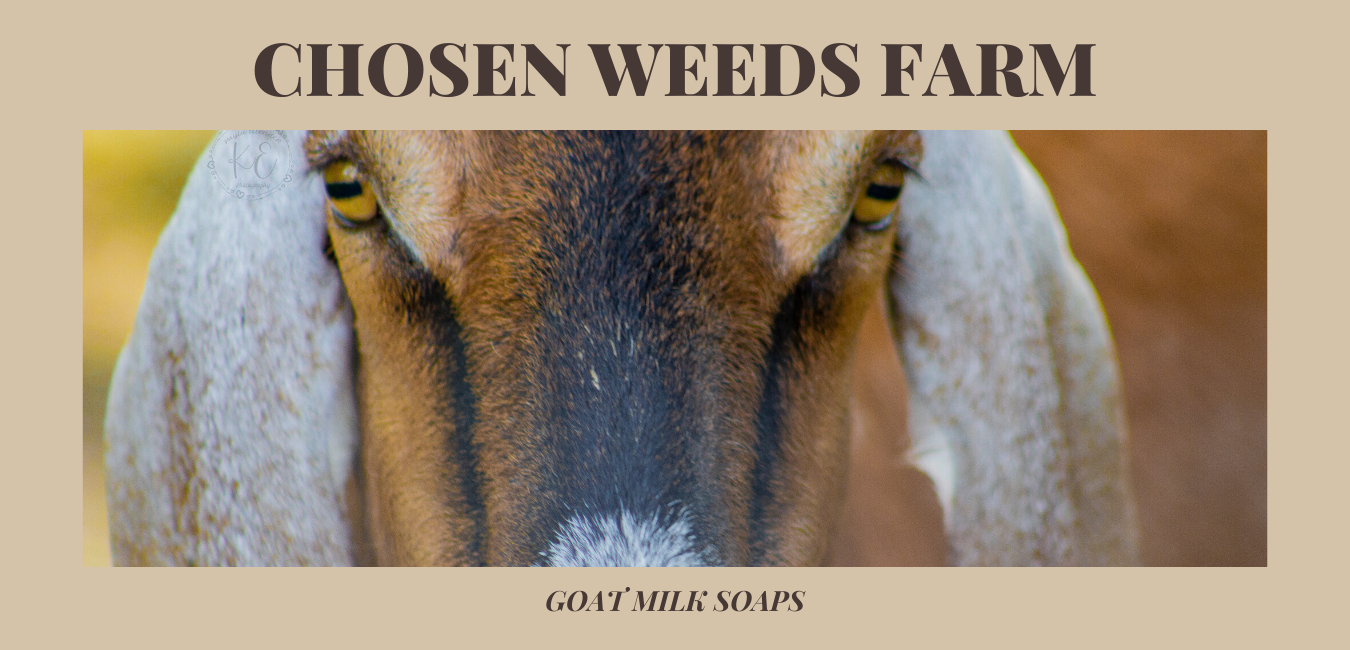
My neighbor has a persimmon tree, and when I looked out across the yard, I was reminded of the recipe that I came up with last year. I was a huge hit and I will more than likely make this again this year for Thanksgiving. It also reminded me to go ask her if she would be willing to trade some eggs, fresh goat milk, or goat cheese for some persimmons (they freeze well and would be great through out the winter season).
Persimmons are a fall fruit that are native to the US and can be found southern Connecticut/Long Island to Florida, and west to Texas, Louisiana, Oklahoma, Kansas, and Iowa [1]. However, the most widely cultivated of the persimmon species are of Chinese origin and was cultivated in both China and Japan. Japanese persimmons, ‘Diospyros kaki L.,’ were introduced into the United States from Japan by Admiral Perry who discovered the fruit growing on the coast of Southern Japan in 1851 [3].

When using persimmons, select ones that are ripe otherwise they are VERY bitter. You can pull unripe ones off the tree and let them set out for at least a week before they were ready to use. I used the Hachiya variety. These are more “peach-shaped.” They need to be eaten when very soft and chilled. The persimmon is very nutritious and boast 3 grams of fiber per/100g of fruit. Persimmons also contain:
- health benefiting flavonoid poly-phenolic anti-oxidants such as catechins and gallocatechins in addition to having an important anti-tumor compound, betulinic acid. Catechins are known to have anti-infective, anti-inflammatory and anti-hemorrhagic (prevents bleeding from small blood vessels) properties.
- Fresh persimmons compose other anti-oxidant compounds like vitamin-A, beta-carotene, lycopene, lutein, zea-xanthin and cryptoxanthin. Together, these compounds functions as protective scavengers against oxygen-derived free radicals and reactive oxygen species (ROS) that play a role in aging and various disease processes.
- Zea-xanthin, an important dietary carotenoid, selectively absorbed into the retinal macula lutea in the eyes where it is thought to provide antioxidant and protective light-filtering functions; thus, helps prevent “Age-related macular related macular disease”(ARMD) in the elderly.
- Vitamin-C, another powerful antioxidant (especially native Chinese and American persimmons; provide 80% of DRI). Regular consumption of foods rich in vitamin C helps the body develop resistance against infectious agents and scavenge harmful, pro-inflammatory free radicals.
- Valuable B-complex vitamins such as folic acid, pyridoxine (vitamin B-6), thiamin…etc. These vitamins act as co-factors for numerous metabolic enzymatic functions in the body.
- healthy amounts of minerals like potassium, manganese (15% of DRI), copper (12% of DRI), and phosphorus. Manganese is a co-factor for the enzyme, superoxide dismutase, which is a very powerful free radical scavenger. Copper is a co-factor for many vital enzymes, including cytochrome c-oxidase and superoxide dismutase (other minerals function as cofactors for this enzyme are manganese, and zinc). Copper is also required for the production of red blood cells[2].
Preparing a persimmon for cooking (or eating)
- Wash gently.
- Take off the leaves. They are easily pulled off when ripe.
- The skin is edible but it can be removed for cooking (which I did).
- Cut into quarters and remove the seeds.
Banana Persimmon Bread
Ingredients
3 ripe Hachiya persimmons
1 ripe banana
4 large eggs
¼ cup (½ stick) unsalted butter, melted
½ cup almond butter (I have also used macadamia butter, coconut butter, and cashew butter)
½ cup coconut flour
1 tsp baking soda
1 tsp baking powder
1 tsp vanilla extract
Pinch of fine-grain sea salt
Ingredients
3 ripe Hachiya persimmons
1 ripe banana
4 large eggs
¼ cup (½ stick) unsalted butter, melted
½ cup almond butter (I have also used macadamia butter, coconut butter, and cashew butter)
½ cup coconut flour
1 tsp baking soda
1 tsp baking powder
1 tsp vanilla extract
Pinch of fine-grain sea salt
Note: Both the persimmons and banana were frozen and then thawed. I used the juice from the thawed fruits in the reciepe)
- Preheat the oven to 350°F. Grease a 9-by-5-inch metal loaf pan and line it with parchment paper.
- Combine the banana, persimmons, eggs, butter, and nut butter in a food processor or mixing bowl and mix until the ingredients are well blended. Add the coconut flour, baking soda, baking powder, vanilla, and salt and continue to mix until all the ingredients are well combined.
- Pour the bread batter into the prepared pan and spread it out evenly.
- Bake for 50 minutes, or until a toothpick comes out clean when inserted in the middle. Remove from the oven and let cool in the pan on a cooling rack for 15 minutes before serving.
Sources
- https://en.wikipedia.org/wiki/Diospyros_virginiana
- http://www.nutrition-and-you.com/persimmon-fruit.html
- https://www.tytyga.com/History-of-Persimmon-Trees-a/374.htm
